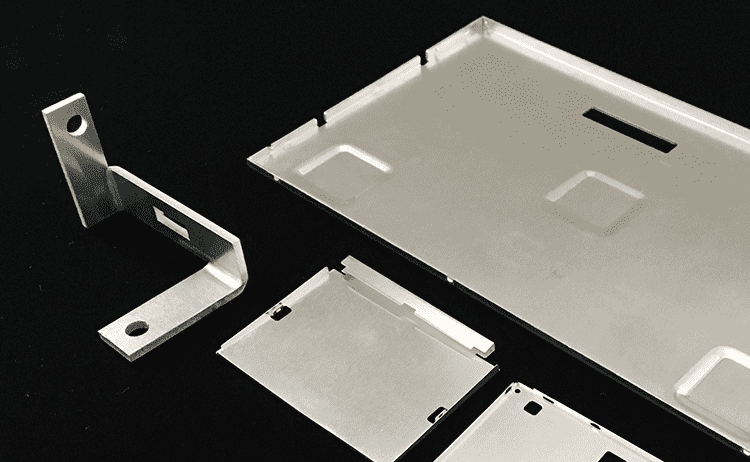Using powder metallurgy to prepare high thermal conductivity copper and diamond composite materials

In fields such as electronic packaging and aerospace, metal-based heat dissipation devices have been developed for decades. As the power density of devices continues to increase, higher requirements are placed on the thermal conductivity of electronic packaging materials. By compounding diamond with high thermal conductivity (2 200 W/(m·K)) and low thermal expansion coefficient ((8.6±1)×10-7/K) with metals such as copper and aluminum, high thermal conductivity can be integrated , a “metal + diamond” composite material with an adjustable thermal expansion coefficient and high mechanical properties and processing properties, thereby meeting the stringent requirements of different electronic packaging, and is regarded as the fourth generation of electronic packaging materials.
Among various metal materials, compared with other metals such as aluminum, copper has a higher thermal conductivity (385~400 W/ (m·K)) and a relatively low thermal expansion coefficient (17×10-6/K). By simply adding a smaller amount of diamond reinforcement, the thermal expansion coefficient can match that of semiconductors and it is easy to obtain higher thermal conductivity. It can not only meet the stringent requirements of today’s electronic packaging, but also has good heat resistance, corrosion resistance and chemical stability. It can meet the requirements of extreme service conditions such as high temperature and corrosive environment to a greater extent, such as nuclear power projects, acid-base and dry, wet, cold and hot atmospheric environments.
How to prepare?
There are currently many methods for preparing diamond/copper composite materials, such as powder metallurgy, chemical deposition, mechanical alloying, spray deposition, casting, etc. Among them, powder metallurgy has become one of the most commonly used preparation methods because of its simple preparation process and excellent performance of the prepared composite materials. In this way, Cu powder and diamond particles can be mixed evenly through ball milling, etc., and then sintering and molding can be used to prepare a composite material with a uniform microstructure. As the most critical step in powder metallurgy, sintering molding is related to the final quality of the finished product. Commonly used sintering processes currently used in the preparation of Cu/diamond composite materials include: hot press sintering, high temperature and high pressure sintering, and discharge plasma sintering.
Hot press sintering
The hot pressing sintering method is a diffusion welding forming method. As a traditional method for preparing composite materials, the main process is to mix the reinforcement and copper powder evenly, put them into a mold of a specific shape, and place them in the atmosphere, vacuum or protected environment. In the atmosphere, pressure is applied in the uniaxial direction while heating, so that forming and sintering proceed simultaneously. Since the powder is sintered under pressure, the powder has good fluidity and the material has a high density, which can discharge the residual gas in the powder, thereby forming a stable and strong interface between diamond and copper. , improve the bonding strength and thermophysical properties of composite materials
The ultra-high pressure and high temperature method is similar in mechanism to the hot press sintering method, except that the pressure applied is larger, generally 1-10 GPa. Through higher temperature and pressure, the mixed powder is rapidly sintered and formed in a short time.
Spark plasma sintering (SPS) applies high-energy pulse current to the powder and applies a certain pressure to cause discharge between the particles to excite plasma. The high-energy particles generated by the discharge collide with the contact surfaces between the particles, which can activate the surface of the particles. Achieve ultra-fast densification sintering.
